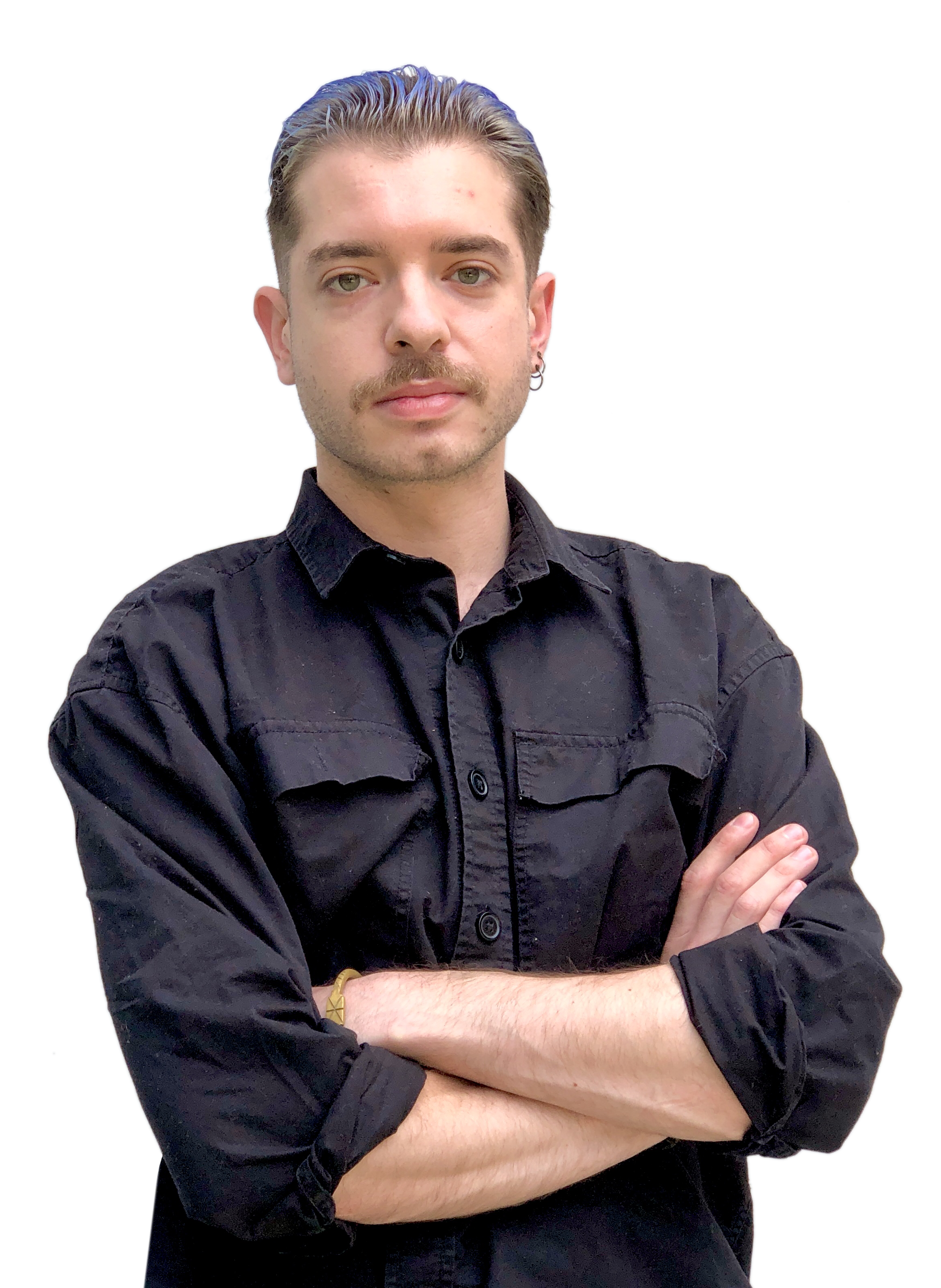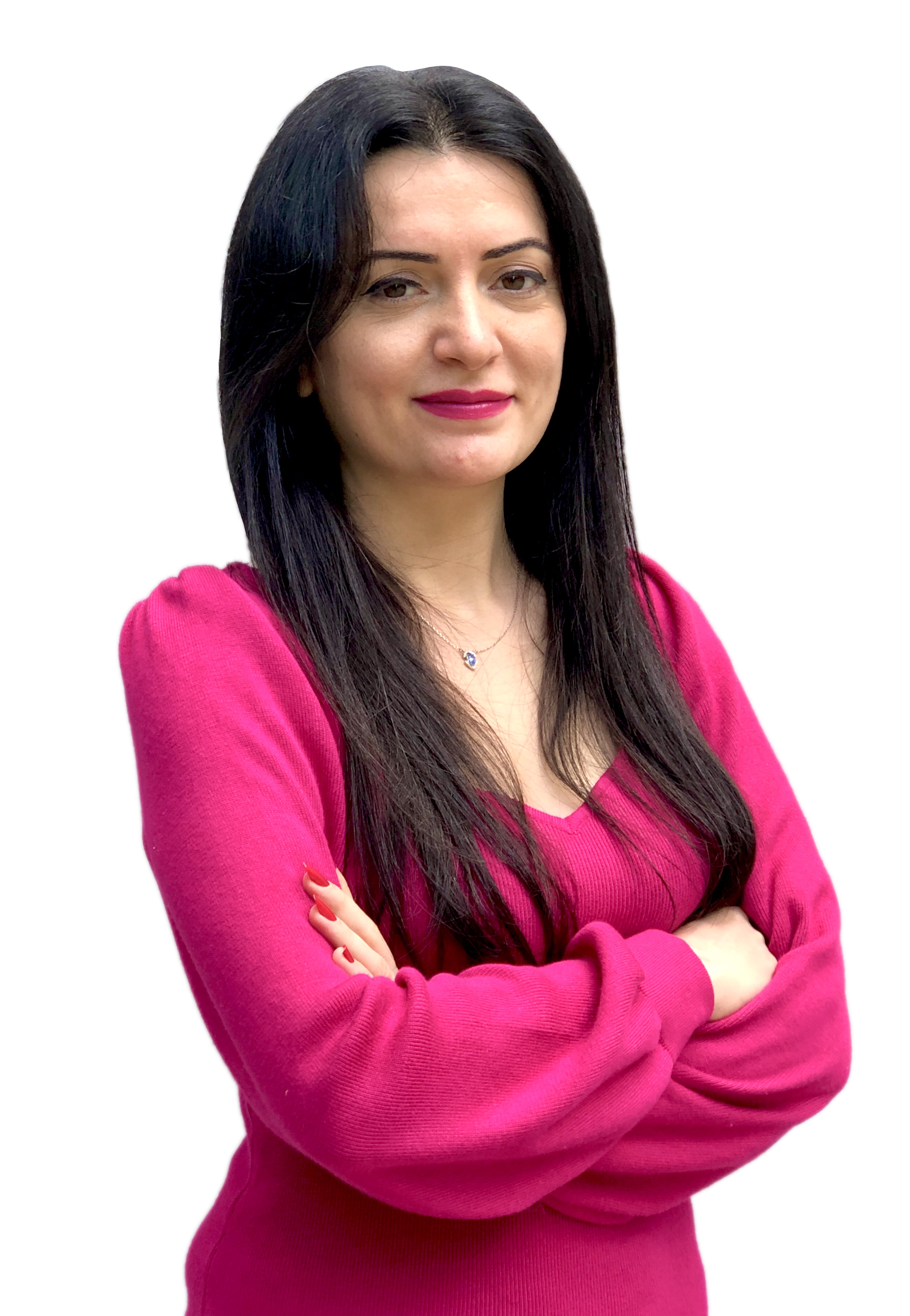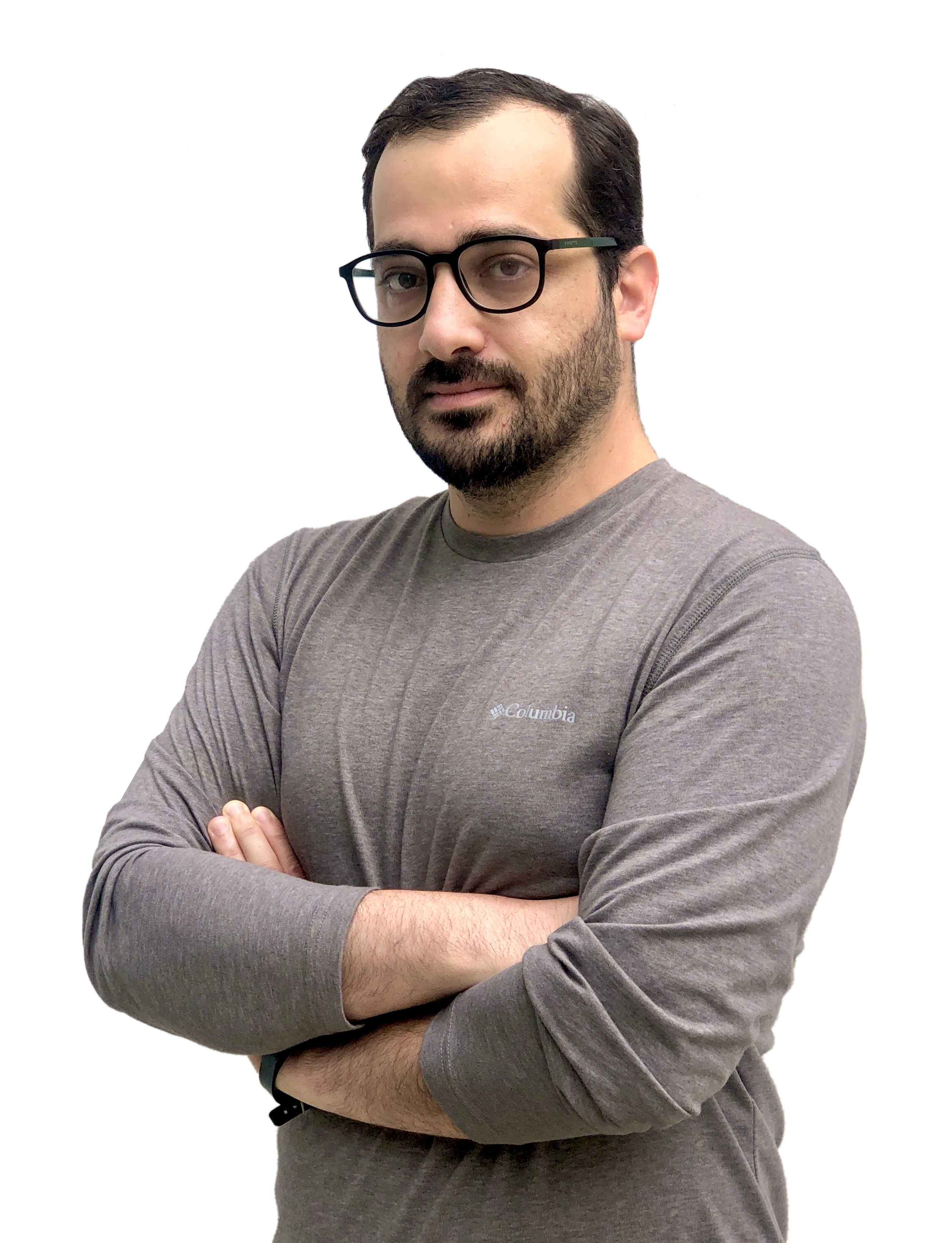Meet the lab
Fantastic research is done by incredible people
Han Xu
Krishnakanth Kondabolu
John McClure Jr. (PhD: 2019)
Hussein Khdour (PhD: 2022)
Abdullah Abubakar (2022-2023, honors college senior project); Akyla Butt (2022); Tiffany Bastos (2019-2020, LSAMP); Hannah Retamero (2019-2020, LSAMP); Christopher Leonardo (2019-2020, LSAMP); Thalia Mullings (2019-2020, MBRS), Alina Khadka (2019-2020), Salsabyl Mansour (2019-2020), Ajay Simha (2018), Alexander Babia (2017), Ibraheem Shaikh (2015)
Fields of Research
Our Toolbox
The cerebral cortex plays a key role in sensory processing, sensory perception, decision making, motor planning, attention, memory, language… Our understanding of the different mechanisms allowing the cortex to accomplish all those tasks is still fragmentary. In our laboratory, we investigate the cortical functions using the mouse visual cortex as a model. This approach allows us to use a wide range of electrophysiological (extracellular and intracellular), optogenetic and functional imaging techniques (using calcium or voltage sensors) in awake mice performing behavioral tasks.
Other Topics
In the past, we worked on absence epilepsy. A summary of this work can be found here.








